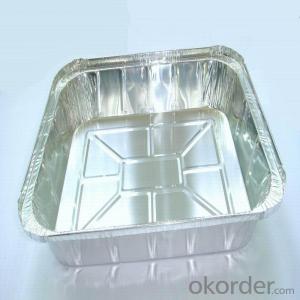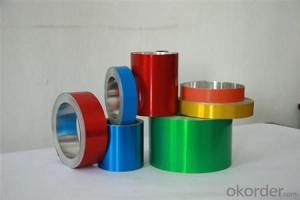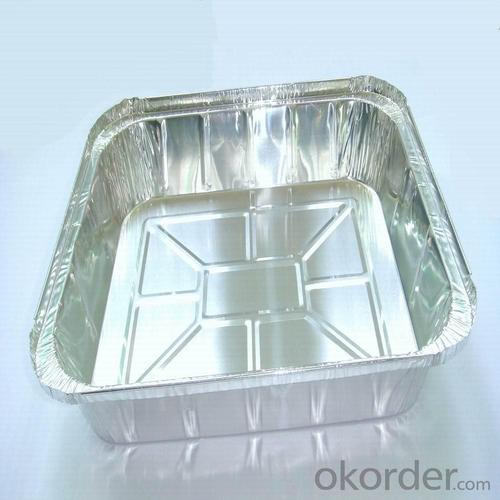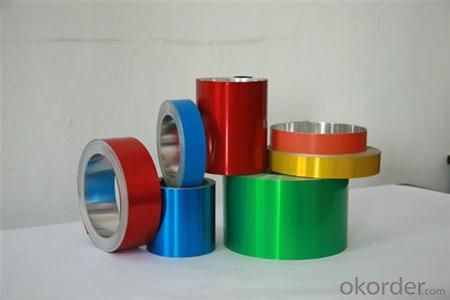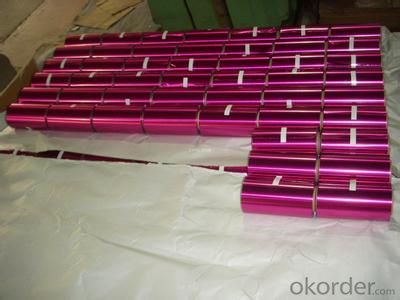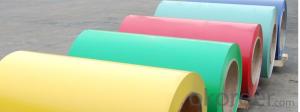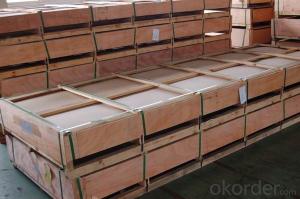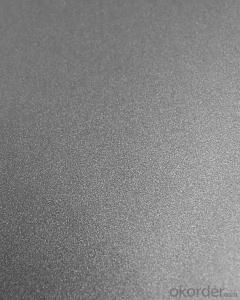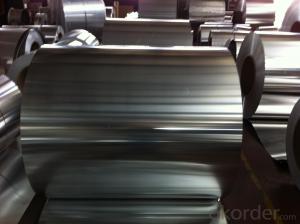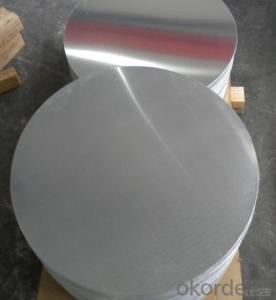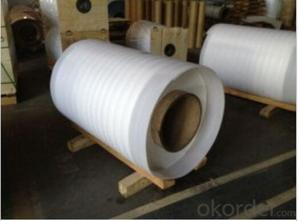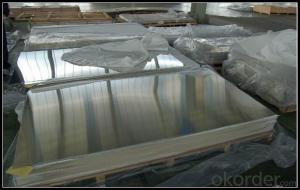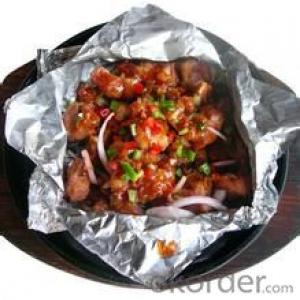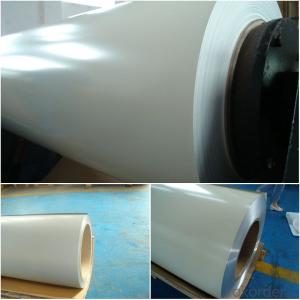Color Coated Aluminum Sheets for Malagros Food Containers
- Loading Port:
- Shanghai
- Payment Terms:
- TT OR LC
- Min Order Qty:
- 8 m.t.
- Supply Capability:
- 1000 m.t./month
OKorder Service Pledge
OKorder Financial Service
You Might Also Like
Specification
Structure of Aluminium Foil with Diffrent Color Coating For Food Container Description:
Coated aluminum coil/sheet are of a wide range of colors, which gives wonderful appearance no matter in residential and commercial constructions of great exhibition centers.
The coated aluminum coil/sheet have been widely used in the fields of construction and decoration( garage doors, ceiling etc.), electronic appliances, lighting decoration, air-condition air pipes, sandwich panels and drainages etc.
Main Features of the Aluminium Foil with Diffrent Color Coating For Food Container:
1) High flexibility
2) Impact resistance
3) Excellent weather-proof durability
4) Anti-ultraviolet
5) High erosion resist
Images of the Aluminium Foil with Diffrent Color Coating For Food Container:
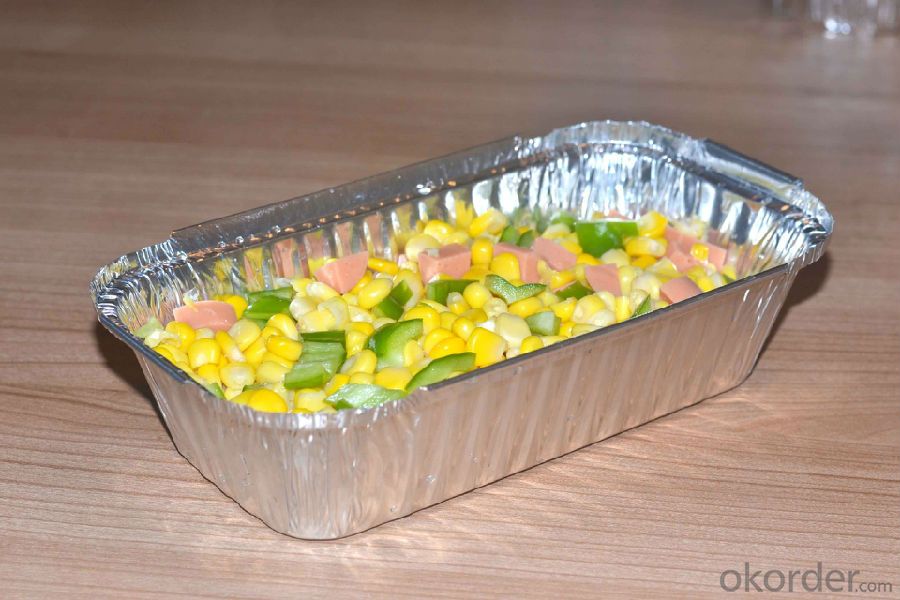
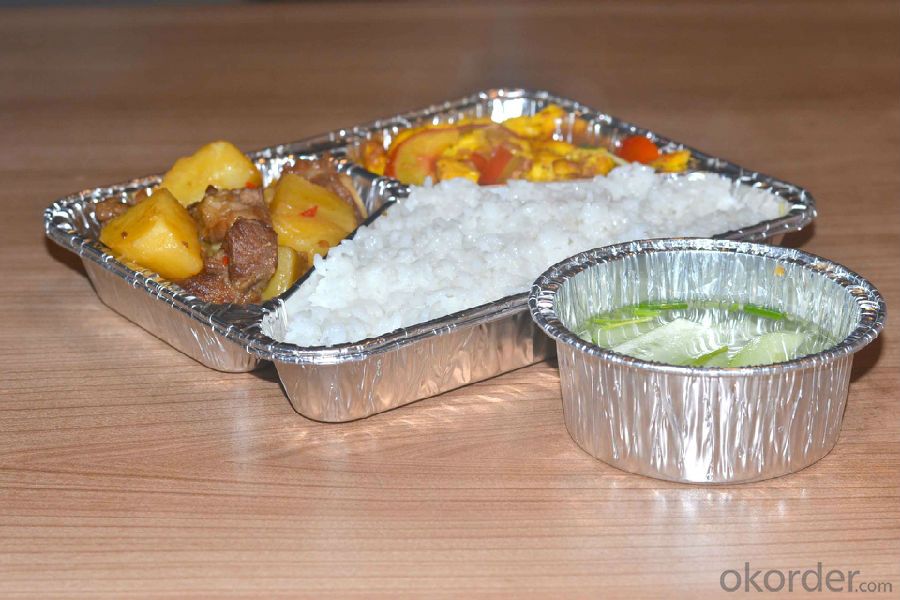
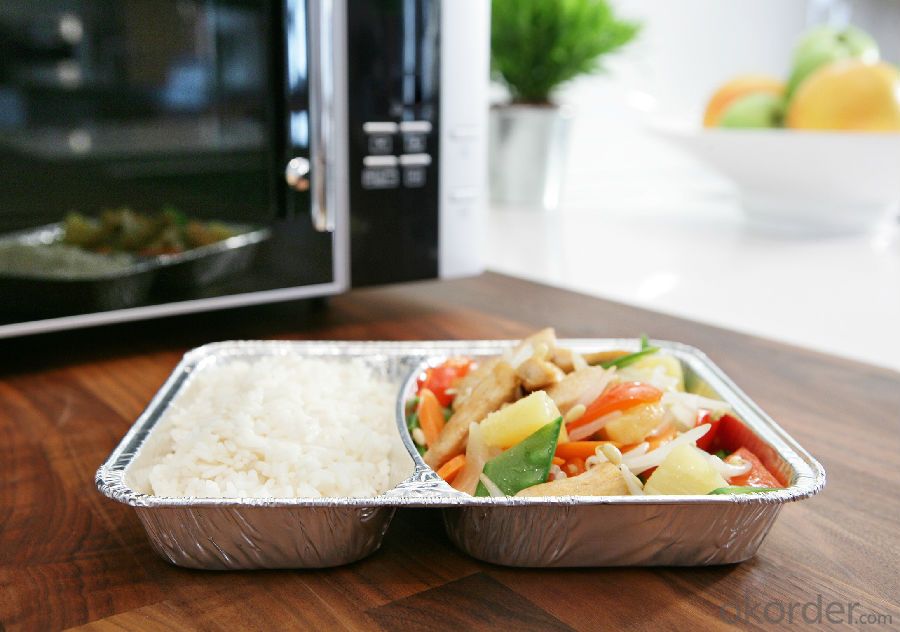
Aluminium Foil with Diffrent Color Coating For Food Container Specification:
Alloy | A1100,A3003,A1050,A8011 etc |
Temper | H16,H18,H24 |
Thickness | From 0.024mm to 1.2mm |
Width | Standard width:1240mm |
Special width:1300mm,1520mm,1570mm,1595mm | |
Diameter | Standard dia:1200mm |
Interior dia:150mm,405mm,505mm | |
Weight | 2.5 T/coil,3.0 T/coil |
Coating | PE, PVDF, AC |
Surface | Embossed, mill finish, coated |
Color | AS to code RAL |
Gloss | 10-90%(EN ISO-2813:1994) |
Coating Thickness | PE: more than 18 micron |
PVDF: more than 25 micron | |
Coating Hardness (pencil resistance) | More than 2h |
Coating adhesion | 5J(EN ISO-2409:1994) |
Impact Resistance | No peeling or cracking(50 kg/cm,ASTMD-2794:1993) |
Flexibility (T-bend) | 2T |
MEK resistance | More than 100 |
FAQ Aluminium Foil with Diffrent Color Coating For Food Container:
a.What is monthly capacity
---CNBM is one stated own company and our monthly capacity is about 2000tons.
b. Now which countries do you export your goods?
---Now we export to South East Asia,Africa, North America,South America ect.
- Q: What is the bending radius for aluminum sheets?
- The bending radius for aluminum sheets varies depending on the thickness and grade of the aluminum. Generally, for thin aluminum sheets, the bending radius can be around 1.5 times the thickness of the sheet. However, for thicker sheets, the bending radius may need to be larger to avoid cracking or deformation. It is recommended to refer to specific bending charts or consult with a metal fabrication expert for precise bending radius guidelines for different aluminum sheets.
- Q: Can aluminum sheets be used for curtain walls?
- Yes, aluminum sheets can be used for curtain walls. Aluminum is a popular choice for curtain wall systems due to its lightweight, durability, and flexibility in design. It offers excellent structural integrity, weather resistance, and thermal performance, making it suitable for creating modern and aesthetically appealing curtain wall facades.
- Q: Are there any specific storage requirements for 101 aluminum sheets?
- Yes, there are specific storage requirements for 101 aluminum sheets. Aluminum sheets should be stored in a clean and dry area to prevent any moisture absorption or corrosion. They should be kept in a well-ventilated space to avoid the buildup of any potentially harmful gases. It is important to stack the sheets properly, with adequate support and spacing, to prevent any bending or deformation. Additionally, aluminum sheets should be protected from direct sunlight to avoid any discoloration or fading. It is recommended to cover them with a suitable material, such as a plastic sheet or tarp, to provide an extra layer of protection. Proper storage conditions will help maintain the quality and integrity of the aluminum sheets for their intended use.
- Q: Are aluminum sheets suitable for reflective signage?
- Yes, aluminum sheets are highly suitable for reflective signage due to their excellent reflective properties. The smooth surface of aluminum ensures high visibility and increased reflectivity, making it an ideal material for creating reflective signage that is easily visible, even in low light conditions.
- Q: What is the thickness range of aluminum sheets?
- The thickness range of aluminum sheets can vary depending on the specific application and industry standards. However, commonly available aluminum sheets typically range in thickness from 0.006 inches (0.15mm) to 0.25 inches (6.35mm). For more specialized applications, thicker aluminum sheets may be available. It is important to note that different alloys and grades of aluminum may have different thickness ranges, so it is essential to consult the specific requirements and standards of the intended use case.
- Q: I need to make an aluminum cylinder out of 1/8 6061 plate and tube. I don't have a TIG setup and was considering using Bernzomatic aluminum soldering rods. The cylinder will be pressurized from 20-60 psi. Assuming a clean job, is this pressure ok? How much pressure can the joint take? Also, although the solder does not need flux, should i use it anyway?
- Whether that weld will be OK depends on the diameter of the cylinder. The force on the weld will be equal to the operating pressure time the radius of the cylinder, with the wall opposite the weld have an equal force. Divide that force by the thickness of the weld to figure the stress. You want to have a safety factor of about 3. As the Bernzomatic has either a brass or aluminum head, which would melt at the temperatures which are required for true welding (melting metals so that they flow together), you will be performing brazing with a Bernzomatic. I cannot comment on the strength of the brazing bond. The thickness of the brazing metal deposit depends on the strength of the brazing alloy, which I also cannot comment on. 6061 will melt at 1206°, which you will not approach with the Bernzo kit. A blowout of a metal cylinder at 60 psi could be pretty ugly. I suggest that you befriend someone who has a TIG welder and get their help. A properly welded 1/8 thick cylinder could handle about 660 psi with no problem. If you create a lap joint, using an outer strip of aluminum, and then band your cylinder with stainless steel hose clamps, you will be relying upon the brazing only to provide a gas seal. The strength would come from the hose clamps. You still need to do some calculation on forces involved. A 1/2 wide stainless hose clamp will probably hold back about 240 lb. of force with a comfortable margin of safety.
- Q: Is it possible to utilize aluminum sheets in the construction of environmentally friendly buildings?
- <p>Yes, aluminum sheets can be used for green building materials. They are lightweight, durable, and have high recyclability, which reduces waste. Aluminum is also energy-efficient in production and use, and its reflective properties can help in reducing heat absorption, thus lowering cooling costs. Additionally, aluminum's resistance to corrosion and weathering means it requires less maintenance, contributing to its sustainability in green building practices.</p>
- Q: What is the typical fatigue strength of aluminum sheets?
- The typical fatigue strength of aluminum sheets can vary depending on several factors such as alloy composition, thickness, manufacturing process, and surface treatment. However, in general, aluminum sheets have a relatively high fatigue strength compared to other materials. Aluminum alloys, especially those used in aerospace and automotive applications, are known for their excellent fatigue resistance. The fatigue strength of aluminum sheets is typically expressed in terms of the stress level (in MPa) at which failure occurs after a certain number of cycles. For aluminum alloys commonly used in structural applications, the fatigue strength can range from around 70 MPa to 150 MPa, depending on the specific alloy and thickness. However, it is important to note that this is a general range, and there can be significant variations based on the aforementioned factors. It is worth mentioning that the fatigue strength of aluminum sheets can be significantly enhanced through various techniques such as heat treatment, alloying, and surface treatments like shot peening or anodizing. These processes can increase the fatigue life and improve the overall performance of aluminum sheets in cyclic loading conditions. In conclusion, the typical fatigue strength of aluminum sheets can be considered relatively high compared to other materials, but it can vary depending on several factors. Proper material selection, along with appropriate processing and surface treatments, can significantly improve the fatigue performance of aluminum sheets.
- Q: Are aluminum sheets resistant to staining?
- Indeed, staining is not a concern when it comes to aluminum sheets. This is due to the formation of a natural oxide layer on the surface of aluminum when it is exposed to air. The presence of this oxide layer serves as a safeguard, effectively preventing both staining and corrosion. Nevertheless, it is worth mentioning that extended contact with specific chemicals or acidic substances can still result in discoloration or staining on aluminum sheets. To maintain the impeccable appearance and durability of aluminum sheets, it is advisable to engage in regular cleaning and maintenance practices.
- Q: Carbon costs more than aluminum. But there are manufactures who make high quality alloy frames which costs just as much, if not more slightly than mediocre carbon frames.In your opinion, which is better, stiffer, and lighter?If you need examples....umm like Cervelo's S1 or CAAD9 compared to the lower quality carbon frames.
- You are only talking about a difference of ounces between a high quality aluminum frame and a mediocre carbon frame. The difference is that you will be buying a new carbon bike in a few years when it cracks and wears out. Most of the weight of a bicycle is the components, anyway. A steel framed bike with well chosen components can be as light or lighter than a carbon framed bike with poorly chosen components. Keep in mind that carbon fiber bicycles are built for racing, and hardcore dedicated racers don't use the same bike for years at a time. The top racers don't even use the same bike for a year. I don't know about you, but i don't have a sweet sponsorship deal, so I have to buy my own bikes, and when I do buy a bike, i expect it to last a long time. Since the weight difference between a high end aluminum bike and a carbon fiber bike is pretty miniscule, factor time and cost over time in to your equation. Is a weight savings of one pound worth having to buy a new bike every three to five years instead of every ten years or more? An aluminum bike will easily last twice to three times as long as the carbon bike, so when you are doing your math, double or triple the cost of the carbon bike to see what riding on carbon will cost you over time.
Send your message to us
Color Coated Aluminum Sheets for Malagros Food Containers
- Loading Port:
- Shanghai
- Payment Terms:
- TT OR LC
- Min Order Qty:
- 8 m.t.
- Supply Capability:
- 1000 m.t./month
OKorder Service Pledge
OKorder Financial Service
Similar products
Hot products
Hot Searches
Related keywords
